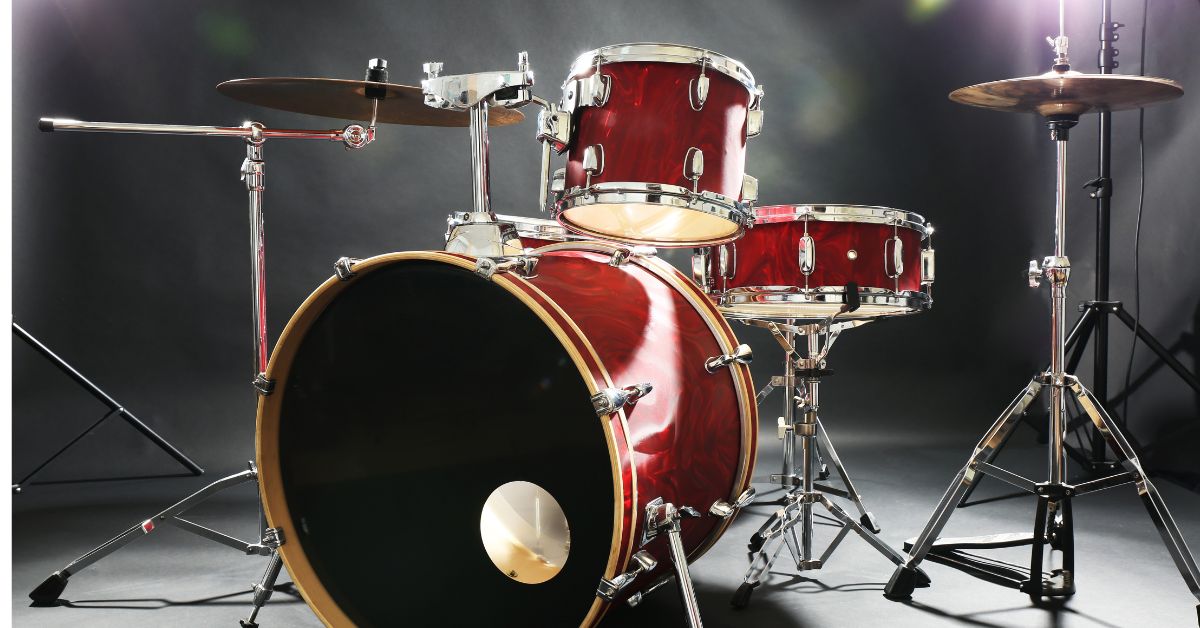Introduction:
Drum tuning is a crucial aspect of achieving a drum kit’s desired sound and performance. Often overlooked or misunderstood, tuning drums involves adjusting the tension of the drumheads to produce a well-balanced and harmonious sound. Whether you’re a seasoned drummer or a novice, understanding the fundamentals of drum tuning can significantly enhance your playing experience and the overall quality of your music.
The Basics of Drum Tuning:
At its core, drum tuning involves tightening or loosening the tension rods on each drumhead to achieve the desired pitch. The tension rods are attached to the drum shell and connect to the drumhead’s hoop, allowing for adjustments. It’s important to note that each drum in a kit, including the snare, toms, and bass drum, can have different tunings to create a dynamic and balanced sound.
Tools of the Trade:
Before delving into the tuning process, gather the necessary tools: a drum key and a reliable drum tuner. A drum key is a small, T-shaped tool that fits onto the tension rods, allowing for manual adjustments. Drum tuners, on the other hand, are electronic devices that measure the pitch of the drumhead and provide real-time feedback to guide your tuning adjustments.
Step-by-Step Guide to Drum Tuning:
- Start with a clean drumhead: Before tuning, ensure that the drumhead is clean and free of debris. Wipe it down with a soft, damp cloth to maintain optimal resonance.
- Finger-tighten the tension rods: Begin by finger-tightening each tension rod to ensure they are snug against the drumhead. This provides a starting point for the tuning process.
- Tune opposite lugs: To maintain even tension across the drumhead, tune the tension rods in a crisscross pattern, working on opposite lugs. This helps prevent uneven pressure on the drumhead, ensuring a more balanced sound.
- Use a consistent tuning method: Develop a systematic approach to tuning by using either the pitch or tension method. The pitch method involves tuning each lug to a specific musical note, while the tension method focuses on achieving equal tension across all lugs.
- Listen and make adjustments: Play the drum at different dynamic levels and listen for any inconsistencies in pitch or tone. Make small adjustments to the tension rods as needed, repeating the process until you achieve the desired sound.
- Repeat for each drum: Apply the same tuning principles to each drum in your kit, considering the specific tonal characteristics you want for each drum size and type.
Conclusion:
Mastering the art of drum tuning is a journey that requires patience, practice, and a keen ear. As you become more attuned to the nuances of your drum kit, you’ll discover the ability to shape and personalize your sound. Whether you’re aiming for a tight and punchy rock sound or a warm and resonant jazz tone, investing time in understanding drum tuning will undoubtedly elevate your drumming experience and contribute to the overall musicality of your performances.

